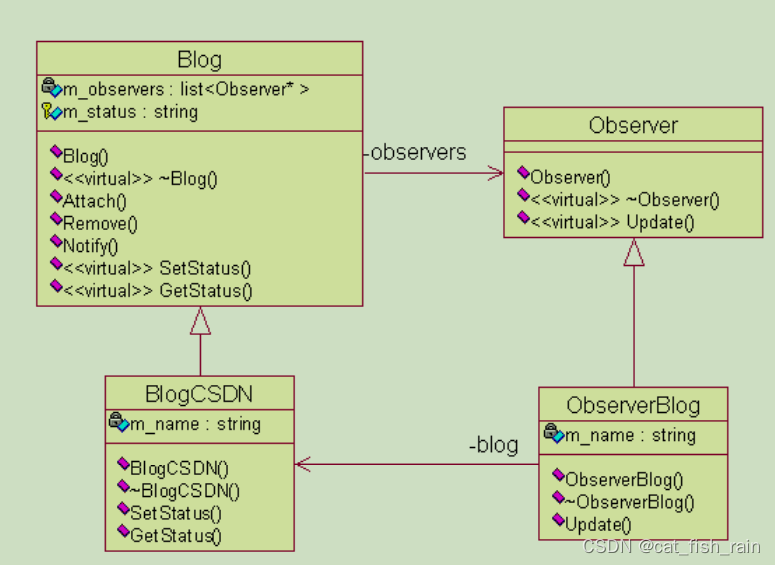1. 背景说明:
若迷宫 maze 中存在从入口 start 到出口 end 的通道,则求出所有合理解并求出最优解
迷宫示意图:
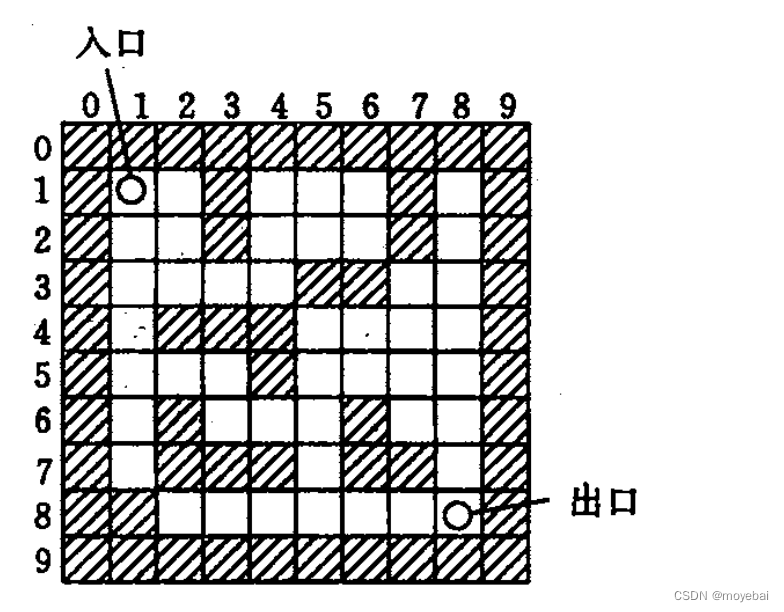
输入文本:
10 10
18
1 3
1 7
2 3
2 7
3 5
3 6
4 2
4 3
4 4
5 4
6 2
6 6
7 2
7 3
7 4
7 6
7 7
8 1
1 1
8 82. 示例代码:
mazeProblem.h
/* 用递归函数求解迷宫问题(求出所有解)头文件 */
#ifndef MAZEPROBLEM_H
#define MAZEPROBLEM_H
#define MAXLENGTH 25 /* 设迷宫最大行列为 25 */
/* 定义墙元素值为 0,可通过路径为 -2, 不能通过路径为 -1 */
typedef int MazeType[MAXLENGTH][MAXLENGTH];
/* 迷宫位置坐标 */
typedef struct {
int x;
int y;
} MazePosition;
typedef struct {
int high;
int length;
int minStep;
int solveNum;
} MazeInfo;
/* 如果存在路径,输出求得的迷宫的解 */
void PrintMazePath(int row, int col, const MazeType* maze);
/* 求出迷宫 maze 中存在从入口 start 到出口 end 的所有可行通道 */
void MazePath(const MazePosition* curPos, const MazePosition* end, MazeInfo* mazeInfo,
int curStep, MazeType* maze);
#endifmazeProblem.c
/* 用递归函数求解迷宫问题(求出所有解)源文件 */
#include "mazeProblem.h"
#include <stdio.h>
#include <windows.h>
/* 设置字体颜色,入参为 0 - 15 */
static void SetColor(const unsigned short textColor)
{
if ((textColor >= 0) && (textColor <= 15)) {
SetConsoleTextAttribute(GetStdHandle(STD_OUTPUT_HANDLE), textColor);
} else {
SetConsoleTextAttribute(GetStdHandle(STD_OUTPUT_HANDLE), 7);
}
}
/* 如果存在路径,输出求得的迷宫的解 */
void PrintMazePath(int row, int col, const MazeType* maze)
{
for (int i = 0; i < row; ++i) {
for (int j = 0; j < col; ++j) {
if ((*maze)[i][j] > 0) {
SetColor(2);
printf("%3d", (*maze)[i][j]);
} else {
SetColor(7);
printf("%3d", (*maze)[i][j]);
}
}
printf("\n");
}
}
/* 求出迷宫 maze 中存在从入口 start 到出口 end 的所有可行通道 */
void MazePath(const MazePosition* curPos, const MazePosition* end, MazeInfo* mazeInfo,
int curStep, MazeType* maze)
{
MazePosition nextPos = { 0 };
/* 上下左右四个方向的行、列增量 */
MazePosition direc[4] = { { -1, 0 }, { 1 , 0 }, { 0, -1 }, { 0, 1 } };
for (int i = 0; i <= 3; ++i) {
nextPos.x = curPos->x + direc[i].x;
nextPos.y = curPos->y + direc[i].y;
if ((*maze)[nextPos.x][nextPos.y] == -2) {
(*maze)[nextPos.x][nextPos.y] = ++curStep;
if ((nextPos.x != end->x) || (nextPos.y != end->y)) {
MazePath(&nextPos, end, mazeInfo, curStep, maze);
} else {
mazeInfo->minStep = (mazeInfo->minStep > curStep) ? curStep : mazeInfo->minStep;
++(mazeInfo->solveNum);
printf("Use %d steps\n\n", curStep);
PrintMazePath(mazeInfo->high, mazeInfo->length, maze);
printf("\n\n");
}
(*maze)[nextPos.x][nextPos.y] = -2;
--curStep;
}
}
}main.c
/* 入口程序源文件 */
#include "mazeProblem.h"
#include <stdio.h>
#include <limits.h>
int main(void)
{
printf("Please input the row and col of the maze: ");
int row = 0, col = 0;
scanf_s("%d%d", &row, &col);
MazeInfo mazeInfo = { row, col, INT_MAX, 0 };
MazeType maze = { 0 };
for (int i = 0; i < col; ++i) {
maze[0][i] = 0;
maze[row - 1][i] = 0;
}
for (int i = 1; i < row - 1; ++i) {
maze[i][0] = 0;
maze[i][row - 1] = 0;
}
for (int i = 1; i < row - 1; ++i) {
for (int j = 1; j < col - 1; ++j) {
maze[i][j] = -2;
}
}
printf("Please input the num of the wall: ");
int wallNum = 0;
scanf_s("%d", &wallNum);
printf("Please input the position of the wall(x, y): \n");
int x = 0, y = 0;
for (int i = 0; i < wallNum; ++i) {
scanf_s("%d%d", &x, &y);
maze[x][y] = 0;
}
printf("The structure of the maze is:\n");
PrintMazePath(row, col, &maze);
MazePosition start = { 0 }, end = { 0 };
printf("Please input the position of the start point(x, y):");
scanf_s("%d%d", &start.x, &start.y);
maze[start.x][start.y] = 1;
printf("Please input the position of the end point(x, y):");
scanf_s("%d%d", &end.x, &end.y);
MazePath(&start, &end, &mazeInfo, 1, &maze);
printf("Min Steps: %d\n", mazeInfo.minStep);
printf("Total solves: %d\n", mazeInfo.solveNum);
return 0;
}3. 输出示例:
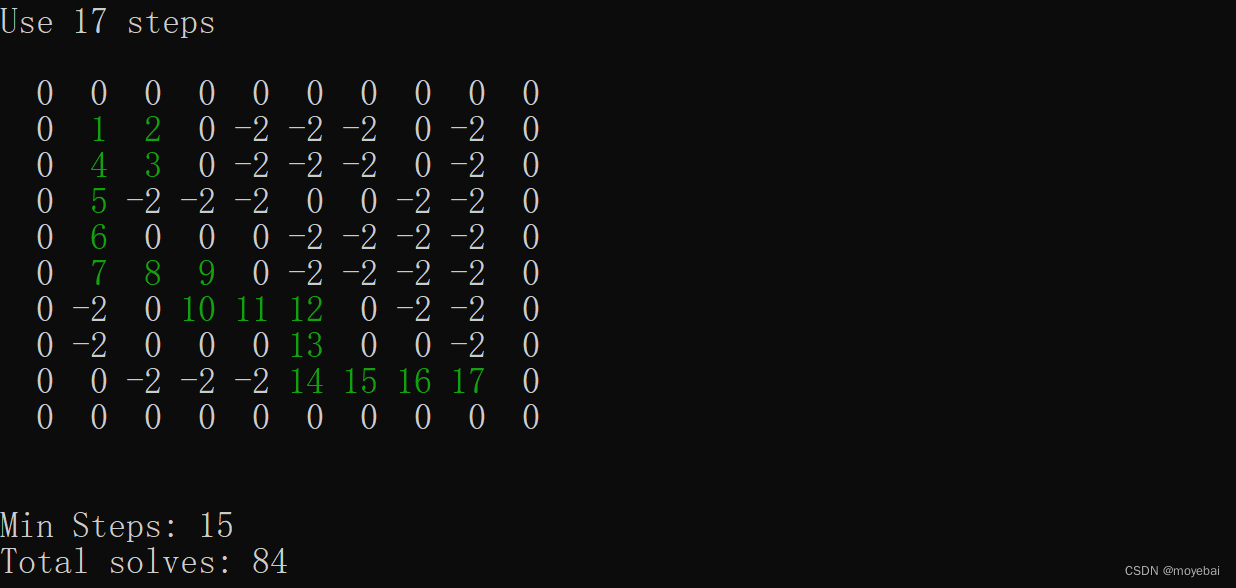





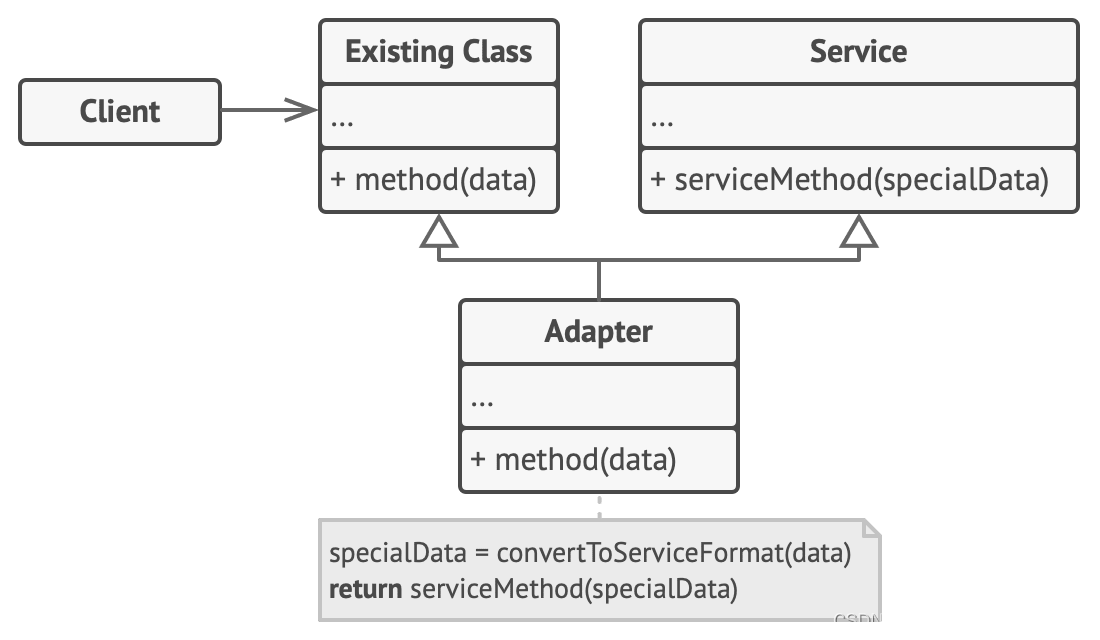


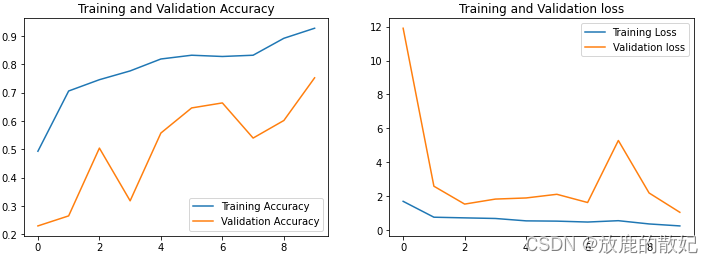


![利用MarkovJunior方法生成迷宫和图形的MATLAB演示[迷宫生成、贪吃蛇、地图生成、图案生成]](https://img-blog.csdnimg.cn/ad056798230c4de9ac0e28ac7eaf99ba.gif)







